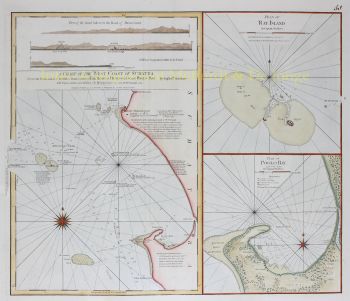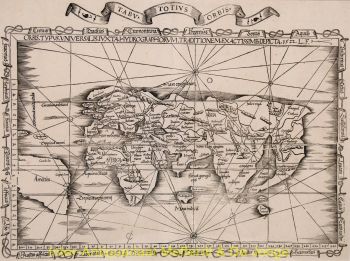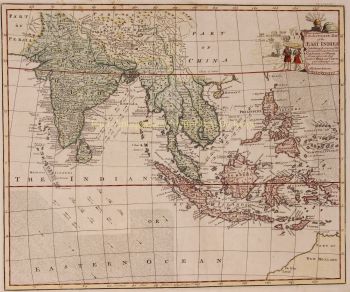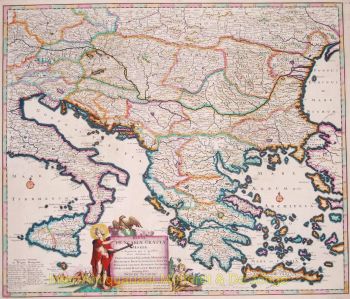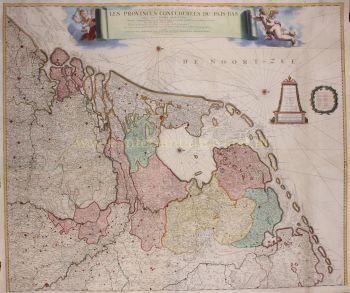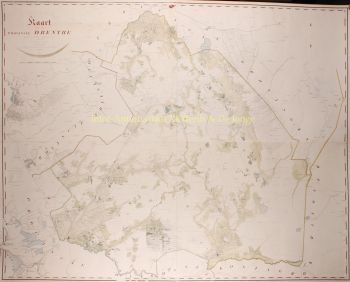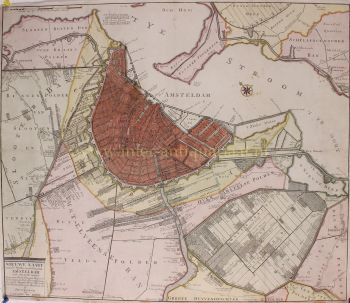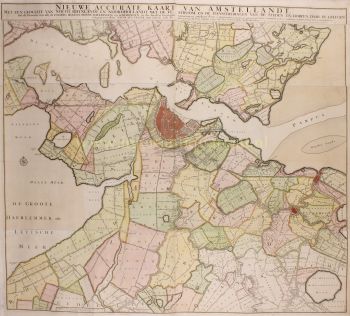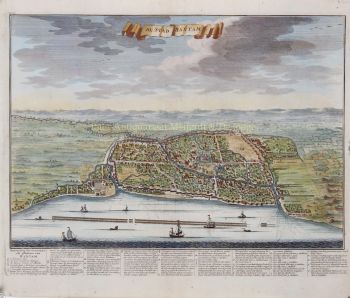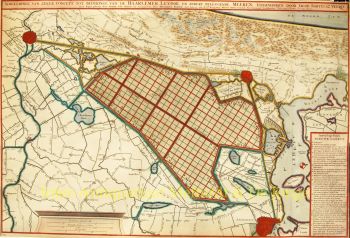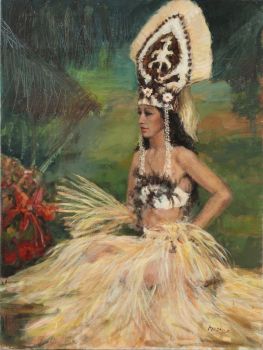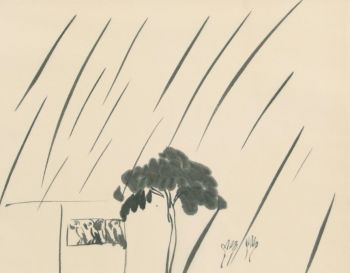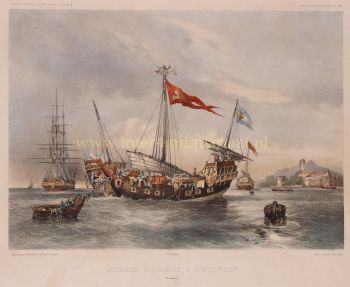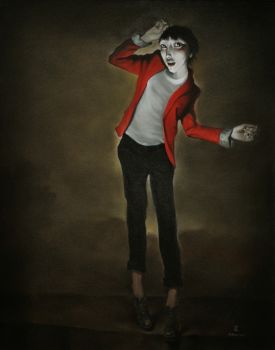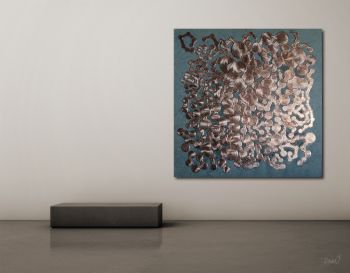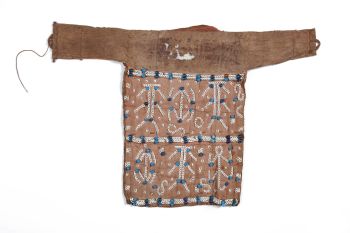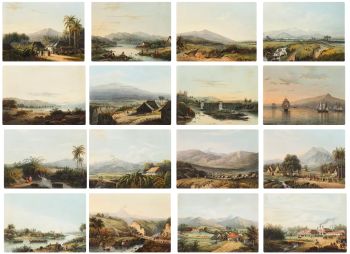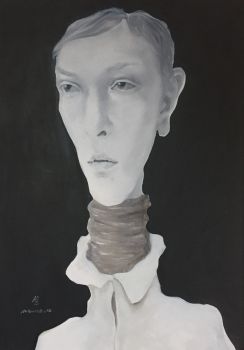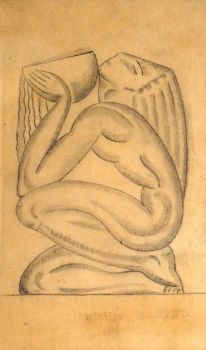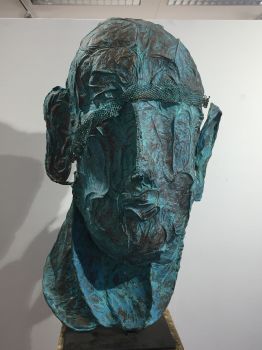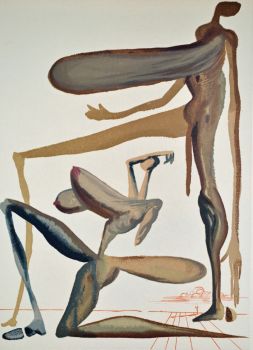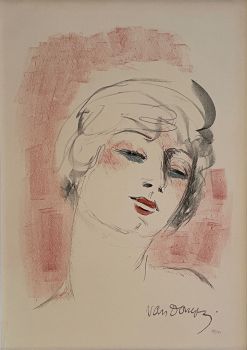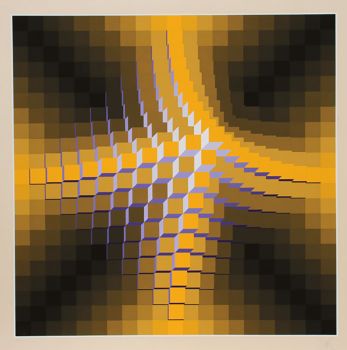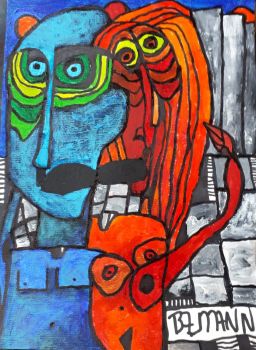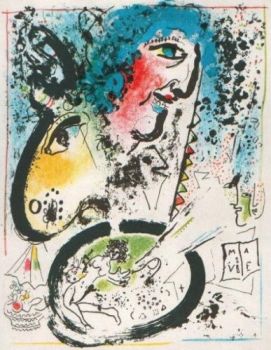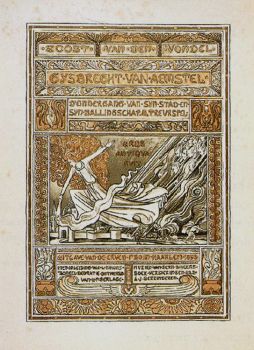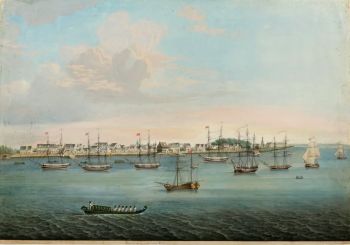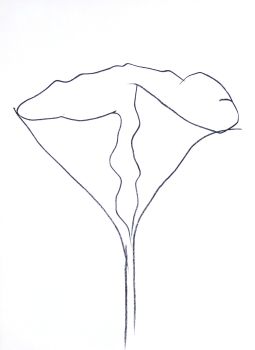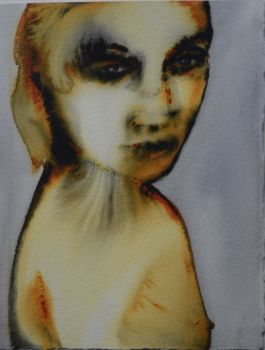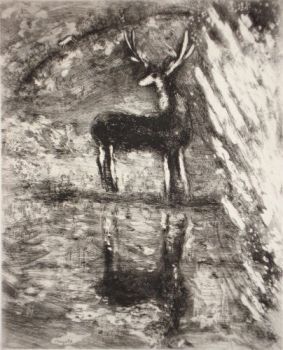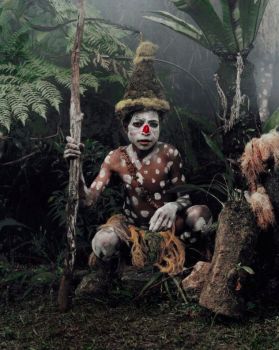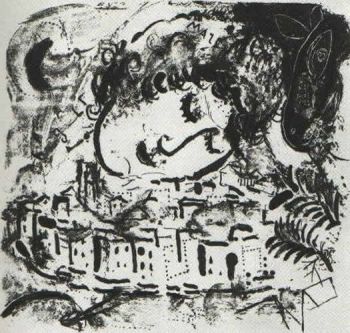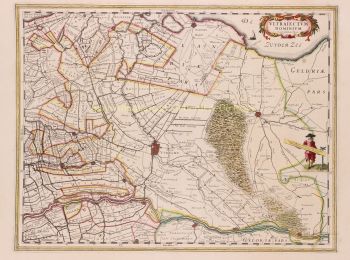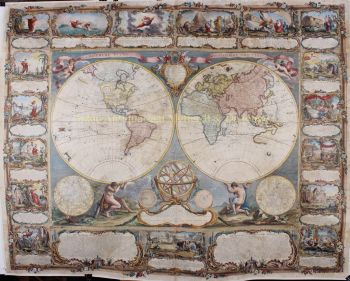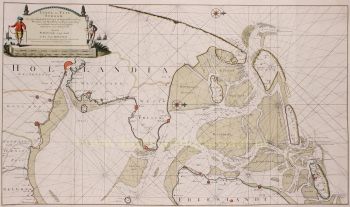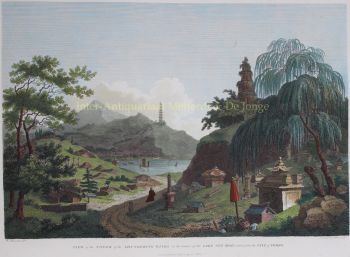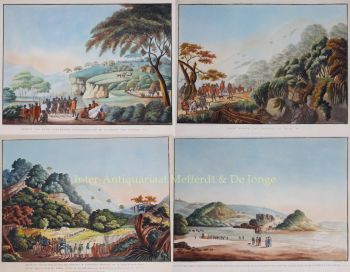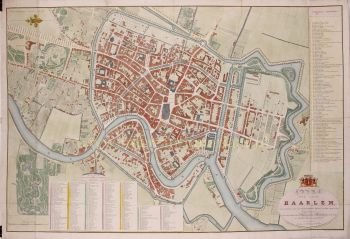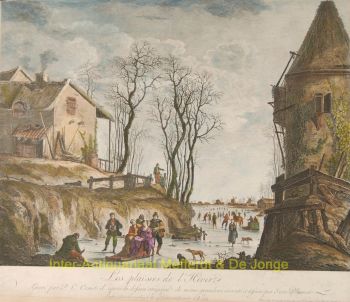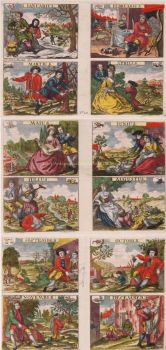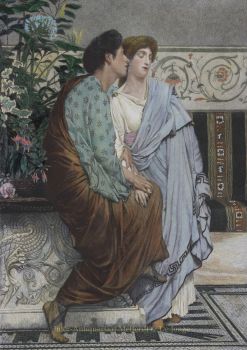South East Asia 1630
Gerard Mercator
PapelImpresión
34 ⨯ 47 cm
€ 2.850
Inter-Antiquariaat Mefferdt & De Jonge
- Sobre la obra de arteDECORATIVE MAP OF THE EAST INDIES "Insulae Indiae Orientalis Praecipuae, In quibus Moluccae celeberrime sunt." Copper engraving made by Gerard Mercator published in Amsterdam in 1630 by Jodocus Hondius. Coloured by a later hand. Verso: Latin text. Size: 34,5 x 47,6 cm. Striking and highly decorative map of the East Indies from the Mercator-Hondius Atlas. It extends from the Philippines to Timor and Sumatra to New Guinea, detailing the Spice Islands, a region of great importance to seventeenth century Europe, but one about which little was known at the time. This map follows very shortly the extension of Dutch control over the islands. In 1602 the Dutch East India Company (VOC) was formed, and within a couple of decades the company came to control the region. The sandbanks and shoals around islands are marked, as are major settlements on the islands. A decorative text box in the sea east of the Philippines proclaims the rich spices available on the Moluccas Islands, including cinnamon, nutmeg, cloves, and ginger. In the lower right corner next to the scale, is a note about Java Minor, discussing the various locations chosen for the island by geographers. Java Minor was first mentioned in European literature in the Travels of Marco Polo. Polo identified Java Minor and Major; the first referred to the island of Sumatra (or Sumbawa) and the latter described Java as the largest island in the world. However, due to a scribal error in Book III of Polo's Travels, Java Minor was recorded as 1,300 miles south of Java Major. This caused confusion and debate on the part of geographers until the early eighteenth century with some using the name Java Minor (Petite Jave) for New Holland and others choosing it for Sumatra, Sumbawa, or Java. Marco Polo is not the only explorer mentioned on the map. Of particular note is the comment “Huc Franciscus Dra. Appulit”, which appears by the unknown southern coast of Java, representing Francis Drake's landing during his circumnavigation in 1577-80. Hondius knew of Drake's voyage first hand, as he was a religious refugee in London from 1583 to 1592 and an acquaintance of the navigator. Dutch and English ships are in the midst of battle shown on the map east of the Philippines. A visual representation of how hotly contested this area was in the early modern period. Another historical note is in the interior of Borneo, a cross marking one of the places traversed by the Portuguese Dom Manuel de Lima. Therewith revealing Hondius' Portuguese source, the portolan charts of Portuguese cartographer Bartolomeu Lasso. The Portuguese were some of the first Europeans to exploit the resources of the Spice Islands. They were joined by the Spanish, who were interested in stretching their empire from the eastern to the western Pacific. The Moluccas, as discussed in the text box on the map, were considered of particular value, as they were the world's only source at the time for nutmeg and cloves. Spain and Portugal eventually agreed to grant Portugal control of the Moluccas in the Treaty of Zaragoza in 1529, but the islands remained hotly contested for the next two centuries. By the early seventeenth century, the Dutch and English were jockeying for position in the region. In response to the Dutch Revolt, the Spanish King Philip II closed the Lisbon spice market to Dutch and English traders in 1585, spurring both countries to seek direct trade with Asia. The English East India Company was founded in 1600, followed in 1602 by the Dutch East India Company. More heavily capitalized than its English counterpart, the VOC aggressively moved into areas of Portuguese influence. This map reflects that Dutch influence at its impetus. Jodocus Hondius (1563-1612) was the founder of the famous 17th century Dutch map publishing family. Hondius, along with sons Jodocus II and Henricus and son-in-law Jan Jansson, was prominent in Dutch cartography and competed with the emerging Blaeu family map business. When Jodocus Hondius acquired the copperplates of the Mercator atlas, he prepared this map for inclusion in his “Atlas sive Cosmographicae”. Price: Euro 2.850,-
- Sobre el artistaGerard Mercator nació el 5 de marzo de 1512. Fue un cartógrafo reconocido por crear un mapa del mundo basado en una nueva proyección que representaba cursos de navegación de rumbo constante como líneas rectas, una innovación que simplificó la navegación. En su época fue el geógrafo más famoso del mundo, pero además tenía intereses en teología, filosofía, historia, matemáticas y magnetismo, además de ser un consumado grabador, calígrafo y fabricante de globos e instrumentos científicos. Mercator escribió sobre geografía, filosofía, cronología y teología. Todos los mapas murales fueron grabados con abundante texto sobre la región en cuestión. Como ejemplo, el famoso mapa del mundo de 1569 está inscrito con más de 5000 palabras en quince leyendas. El Atlas de 1595 tiene alrededor de 120 páginas de mapas y portadas ilustradas, pero un mayor número de páginas está dedicado a su relato de la creación del universo y descripciones de todos los países retratados. Su tabla cronológica ocupaba unas 400 páginas fijando las fechas (desde el momento de la creación) de las dinastías terrestres, los principales acontecimientos políticos y militares, las erupciones volcánicas y los terremotos y los eclipses. También escribió sobre los evangelios y el Antiguo Testamento. Mercator era un cristiano devoto nacido en una familia católica en un momento en que el protestantismo de Lutero estaba ganando terreno. Nunca se declaró luterano, pero fue claramente comprensivo y fue acusado de herejía (Lutheranye). Pasó seis meses en prisión pero salió ileso. Este período de persecución es probablemente el factor principal en su paso de la católica Lovaina a una Duisburgo más tolerante, donde vivió durante los últimos treinta años de su vida. Walter Ghim, amigo y primer biógrafo de Mercator, lo describe como sobrio en su comportamiento, pero alegre e ingenioso en compañía, y nunca más feliz que en el debate con otros eruditos, pero sobre todo fue piadoso y estudioso hasta sus últimos días. 1594.
¿Está interesado en comprar esta obra de arte?
Related artworks
- 1 - 4 / 24
Thea G.F. Eschauzier
Retrato de una niña javanesa1931
Precio a consultarZebregs & Röell - Fine Art - Antiques
Artista Desconocido
A Dutch colonial Indonesian betel box with gold mounts1750 - 1800
Precio a consultarZebregs & Röell - Fine Art - Antiques
Artista Desconocido
A superb Indonesian royal gem-set gold overlaid silver betel box19th century
Precio a consultarZebregs & Röell - Fine Art - Antiques
Artista Desconocido
A large wall map of Asia by Nicolas de Fer 1647 - 1720
Precio a consultarZebregs & Röell - Fine Art - Antiques
Abraham Salm
Twenty-four chromolithographs of Java after A. Salm”1801 - 1876
Precio a consultarZebregs & Röell - Fine Art - Antiques
Theo Meier
Una mujer balinesa con ofrendas1936
Precio a consultarZebregs & Röell - Fine Art - Antiques
1 - 4 / 23- 1 - 4 / 24
- 1 - 4 / 12



